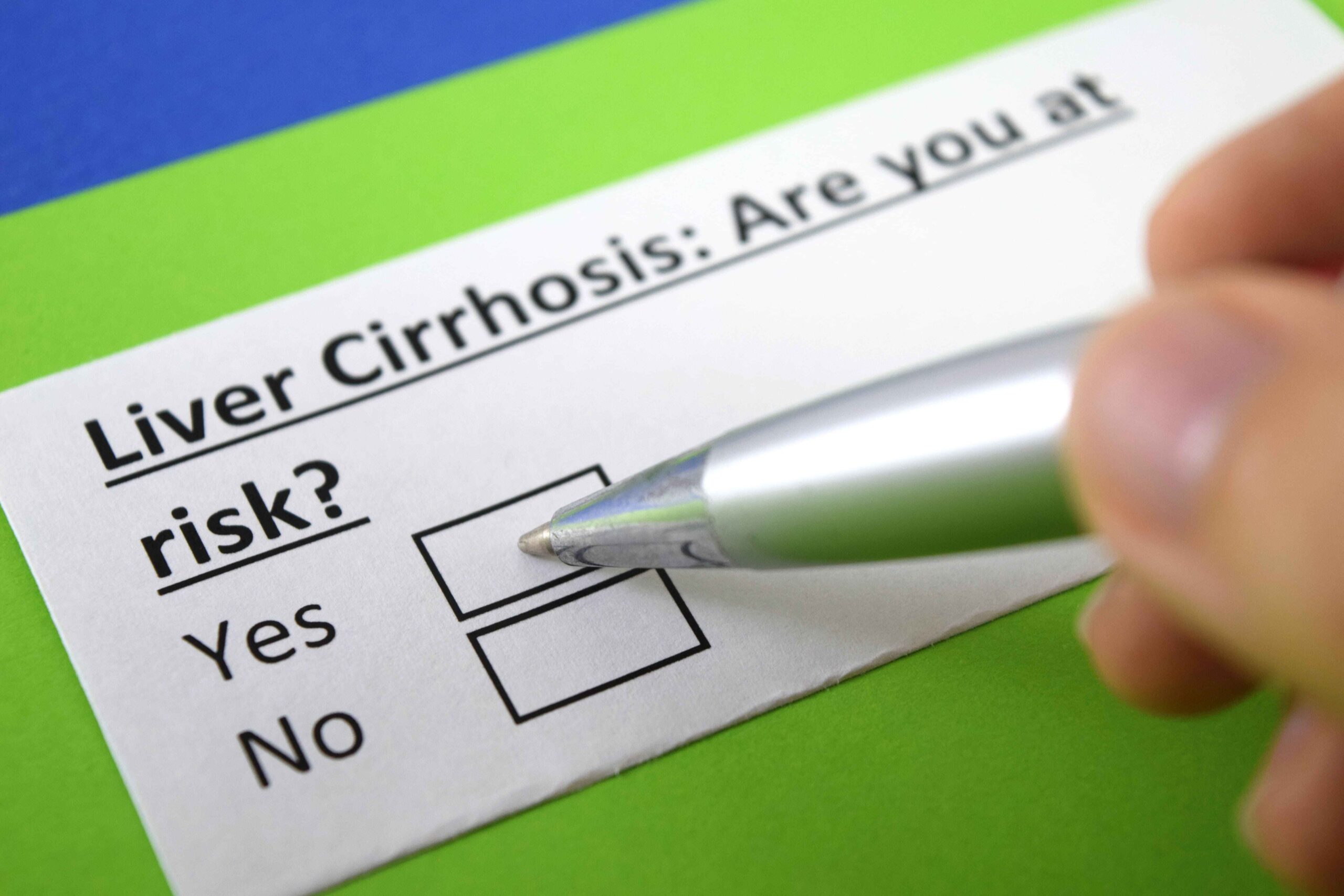
Cirrhosis of the Liver: Causes, Symptoms and Treatment
Liver cirrhosis is a progressive condition characterized by irreversible scarring of the liver that reduces its ability to function normally and may eventually lead to liver failure. It typically develops over the years due to prolonged damage induced by alcohol consumption, fatty liver, viral infections, drug induced liver injury or metabolic factors as primary triggers.
What is Cirrhosis of the Liver?
Cirrhosis is the advanced stage of liver disease and takes place when healthy liver tissue is gradually replaced by scar tissue due to chronic and prolonged hepatitis. Hepatitis is an inflammatory condition that can occur from numerous sources; trying to heal itself in response to ongoing inflammation can result in excessive scarring, which impedes functionality and ultimately leads to chronic liver failure, which signifies the culmination of disease progression.
Causes
Cirrhosis occurs as the result of chronic liver diseases that damage liver tissue over time, typically over several years, as damage accumulates and progresses further. Its progression into full-blown Cirrhosis often takes several decades.
Chronic Alcoholism:
Alcohol abuse is one of the chief contributors to liver cirrhosis . Abusing alcohol causes liver inflammation that gradually progresses to full-blown Cirrhosis over time – though the threshold varies depending on the individual.
Chronic Viral Hepatitis: Hepatitis B and C causes chronic inflammation in the liver. If the virus is not controlled it leads to cirrhosis.
Nonalcoholic Steatohepatitis (NASH): Accumulation of fat in the liver unrelated to alcohol intake is known as Nonalcoholic Fatty Liver Disease, or NAFLD, which can progress into nonalcoholic steatohepatitis (NASH, or metabolic dysfunction-associated steatohepatitis or MASH). NASH causes liver inflammation that could eventually lead to Cirrhosis; individuals living with NASH frequently also deal with other health conditions, including diabetes, obesity, high cholesterol, coronary artery disease, and unhealthy diets, among others.
Bile Duct Disease: Bile duct disorders impede or stop the flow of bile to the small intestine, leading to liver inflammation and even leading to Cirrhosis in some cases. Primary Sclerosing Cholangitis and Primary Biliary Cirrhosis are two such prevalent bile duct diseases.
Genetic Diseases: Genetic disorders have long been recognized to increase an individual’s risk for Cirrhosis. Examples here include Wilson disease, hemochromatosis, glycogen storage diseases, Alpha-1 antitrypsin deficiency, and autoimmune hepatitis.
Symptoms
In its initial phase, Cirrhosis typically manifests no symptoms. As it advances, Cirrhosis can lead to the onset of symptoms and complications:
- Jaundice is identified by a yellowish hue in the skin and eyes.
- Pruritus presents as itchy skin without apparent rash.
- Alterations in urine becoming darker and stool turning lighter.
- Accumulation of fluid in the belly
- Blood vomiting
- Digestive challenges, particularly with fat digestion.
- Presence of small yellowish fat deposits on the skin or eyelids.
- Unexplained loss of weight and muscle mass.
- Hepatic encephalopathy leads to confusion, disorientation, and mood alterations.
- Motor dysfunction, including twitching, tremors, or impaired muscle control.
- Irregularities in menstrual cycles.
- Development of enlarged breast tissue in males and reduced testicular size in individuals assigned male at birth.
Diagnosis
Initial liver cirrhosis screening will involve a thorough physical exam conducted by a healthcare provider to detect any indications or symptoms associated with liver disease or damage. They will inquire into the onset, progression, and changes over time of any symptoms. In addition, your healthcare provider may investigate past medication usage, herbal supplements taken, diet choices made, and lifestyle habits to search for any potential clues that may point toward past liver diseases or damage.
Subsequently, medical assessments will be performed to detect evidence of liver cirrhosis. These may involve various tests:
Blood tests: Liver function tests assists in detecting signs of liver disease or failure by measuring levels of liver enzymes, proteins and bilirubin in the blood. Blood tests may be utilized to show specific diseases or side effects such as reduced blood clotting. However blood tests may sometimes be deceptively normal in cirrhosis.
Imaging tests: Imaging techniques such as abdominal ultrasound, CT scan, or MRI can offer valuable insights into the size, shape, texture, and volume of a liver. Elastography utilizes ultrasound or MRI tech to measure liver stiffness or fibrosis levels.
Liver biopsy: This simple process entails collecting a small tissue sample from the liver for laboratory examination, often performed using a hollow needle. Although not always necessary, liver biopsies may serve to confirm Cirrhosis and potentially identify its root cause.
Treatment
Treatment approaches for Cirrhosis vary based on its root cause and extent of liver impairment, so medications or lifestyle modifications may be prescribed depending on what has caused Cirrhosis. The goal is to halt further liver damage while mitigating complications that arise as part of treatment.
End-stage liver Disease (ESLD) refers to cases of unmanageable Cirrhosis that cannot be effectively managed and often exhibit signs of decompensation that cannot be reversed through medical treatments other than transplantation. Common decompensation indicators are hepatic encephalopathy, variceal bleeding, renal dysfunction, ascites, and pulmonary complications – which warrant prioritizing transplantation among these ESLD patients.
Tips to manage Cirrhosis of the Liver
With proper cirrhosis management, it may be possible to avoid further liver deterioration.
- Always focus on leading a healthy lifestyle by consuming a nutritious diet and taking part in regular physical activity.
- Reduce sodium consumption to help avoid or manage fluid retention issues.
- Avoid consuming raw shellfish, and abstain from alcohol entirely.
- Before consuming any medications, vitamins, and supplements consult with your physician.
- Speak with your doctor regarding hepatitis A and hepatitis B vaccinations, as well as adopt safe sexual practices and use only sterile needles for tattooing or piercings.
- Never share needles, razors, toothbrushes, or any other personal items with anyone.
Consult a Hepatologist today to resolve all your liver ailments or issues.

Leave a Reply